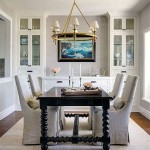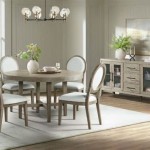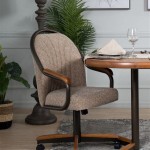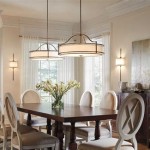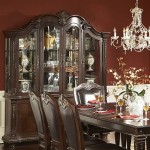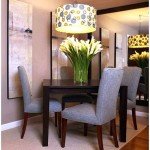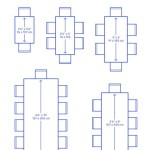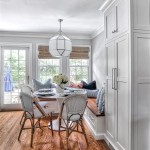Kitchen Extended Into Dining Room
Extending a kitchen into a dining room is a popular renovation project that can add value to your home and make it more enjoyable to live in. By combining the two spaces, you can create a more open and inviting area that is perfect for entertaining guests or spending time with family. There are a few things to keep in mind when planning a kitchen extension, such as the layout of the space, the types of materials you want to use, and the overall style you want to achieve. With careful planning, you can create a beautiful and functional kitchen and dining room that will be the heart of your home for years to come.
Layout
The first step in planning a kitchen extension is to decide on the layout of the space. There are a few different options to choose from, depending on the size and shape of your home. One popular option is to create a U-shaped kitchen with a dining area in the center. This layout is efficient and maximizes space, and it also creates a natural flow between the two areas. Another option is to create an L-shaped kitchen with a dining area on one side. This layout is also efficient, and it can be a good choice for homes with a smaller footprint. If you have a larger home, you may want to consider creating a separate dining room with a more formal feel. No matter what layout you choose, be sure to allow for plenty of space for both cooking and dining.
Materials
The next step is to choose the materials you want to use for your kitchen extension. There are a wide variety of options available, so you can find something that fits your style and budget. For the flooring, you may want to consider tile, hardwood, or laminate. Tile is a durable and easy-to-clean option, and it can be found in a variety of colors and styles. Hardwood is a classic choice that adds warmth and elegance to any space. Laminate is a more affordable option that is available in a wide range of colors and styles. For the cabinets, you may want to consider wood, laminate, or thermofoil. Wood cabinets are durable and timeless, but they are also more expensive than other options. Laminate cabinets are a more affordable option that is available in a variety of colors and styles. Thermofoil cabinets are a good choice for homes with a modern or contemporary style.
Style
The final step is to choose the overall style you want to achieve for your kitchen and dining room extension. There are a few different styles to choose from, such as traditional, modern, and contemporary. Traditional kitchens feature classic elements such as wood cabinets, granite countertops, and tile floors. Modern kitchens feature clean lines and sleek materials, such as stainless steel and glass. Contemporary kitchens are a blend of traditional and modern styles, and they often feature unique and unexpected elements. No matter what style you choose, be sure to incorporate personal touches to make the space your own.
Extending your kitchen into a dining room is a great way to add value to your home and make it more enjoyable to live in. By following these tips, you can create a beautiful and functional space that will be the heart of your home for years to come.

5 Tips For Combining A Kitchen And Dining Room In Your Next Remodel

Discover This Modern Chic Extended Kitchen And Dining Space Goodhomes Magazine

Extending Your Kitchen Island To A Dining Area The Showcase

Our Kitchen Layout Before After Emily A Clark

Kitchen Diner Extension Ideas What To Consider
Extending Kitchen Into Dining Room W Demo Diy Home Improvement Forum

How To Make A Galley Kitchen Feel Bigger And More Inviting

Best Small Kitchen Extension Ideas 4 To Extend Your Northco Services

A Window Into Open Plan Kitchen Extensions

The Pros And Cons Of An Open Concept Kitchen Ranney Blair Weidmann

